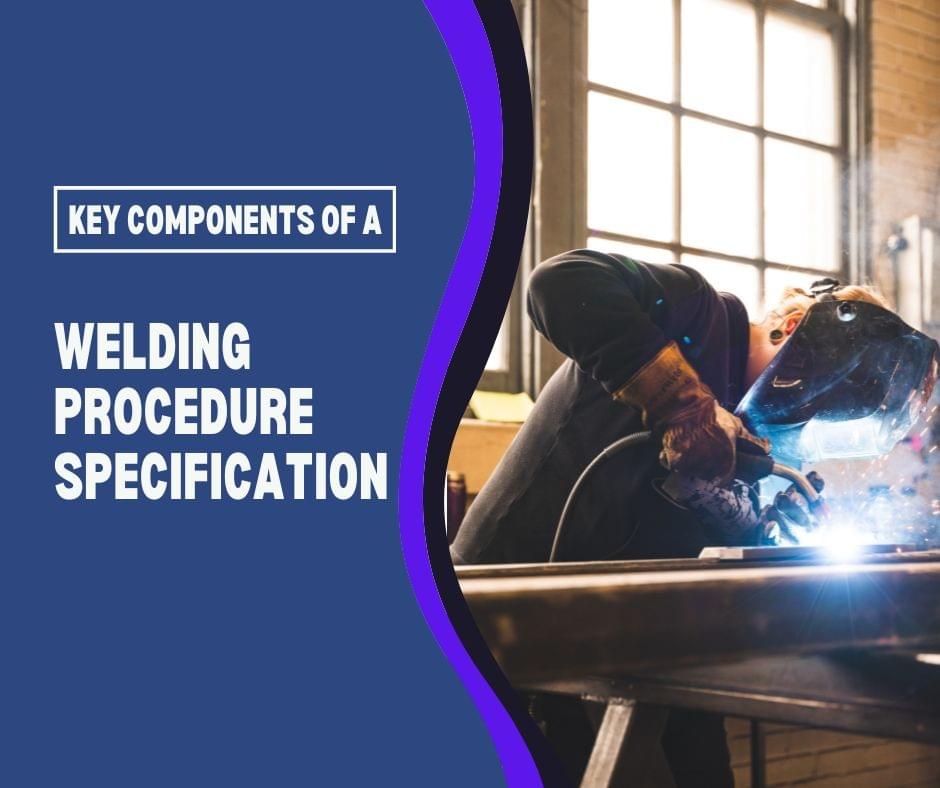
A Welding Procedure Specification (WPS) is a vital documentin the welding industry, providing detailed instructions for carrying out welding operations in a standardized and consistent manner. It serves as a critical reference for welders, ensuring that welding processes are executed with precision and adherence to quality standards. In this article, we will break down the essential components of a WPS, highlighting their significance in maintaining weld quality and integrity.
I. Base Metal
A. Definition:
The base metal refers to the material being welded. It isessential to specify the type, grade, and thickness of the base metal in the WPS.
B. Significance:
Proper identification of the base metal ensures that the welding process is tailored to the specific material properties, allowing foraccurate selection of welding techniques and parameters.
II. Filler Metal
A. Definition:
The filler metal is the material used to fill the jointduring welding. It may be in the form of wire, rod, or other consumables.
B. Significance:
Selecting the appropriate filler metal is crucial forachieving desired weld properties, including strength, corrosion resistance, and compatibility with the base metal.
III. Preheat and Interpass Temperature
A. Definition:
Preheat temperature refers to the initial heating of thebase metal before welding, while interpass temperature refers to the temperature maintained during welding between passes.
B. Significance:
Controlling preheat and interpass temperatures is essentialfor preventing cracking and ensuring proper fusion in the weld. It is especially critical for welding high-strength materials and thick sections.
IV. Welding Technique
A. Definition:
Welding technique encompasses factors such as weldingprocess (e.g., SMAW, GTAW, GMAW), welding position (e.g., flat, horizontal, vertical, overhead), and welding polarity (for processes like GTAW and GMAW).
B. Significance:
Specifying the welding technique ensures that the welder employs the most suitable approachfor the given application, taking into account factors like accessibility,
joint configuration, and material thickness.
V. Joint Design
A. Definition:
The joint design outlines how the pieces being joinedtogether are configured. It includes details like joint type (e.g., butt joint, lap joint), groove preparation, and bevel angle.
B. Significance:
Proper joint design is crucial for achieving sound welds. Itinfluences factors such as penetration depth, weld strength, and the amount of filler material required.
VI. Post-Weld Heat Treatment (If required)
A. Definition:
Post-weld heat treatment involves subjecting the weldedcomponent to controlled heating and cooling processes after welding to relieve residual stresses and improve material properties.
B. Significance:
Post-weld heat treatment may be necessary for specificapplications, especially in cases where high-strength materials or critical components are involved. It helps enhance weld integrity and performance.
VII. Welding Parameters
A. Definition:
Welding parameters include details such as current(amperage), voltage, travel speed, and shielding gas flow rate (for processes like GMAW).
B. Significance:
Specifying welding parameters ensures that the welderoperates within the recommended ranges for the chosen welding process, optimizing fusion and preventing defects.
Conclusion
A well-structured Welding Procedure Specification (WPS) serves as a roadmap for achieving consistent andhigh-quality welds. By meticulously detailing key components such as base and filler metals, preheat and interpass temperatures, welding technique, joint design, and potentially post-weld heat treatment, the WPS provides essential
guidelines for welders to follow. This not only ensures compliance with industry standards but also contributes to the integrity and reliability of welded structures and components.